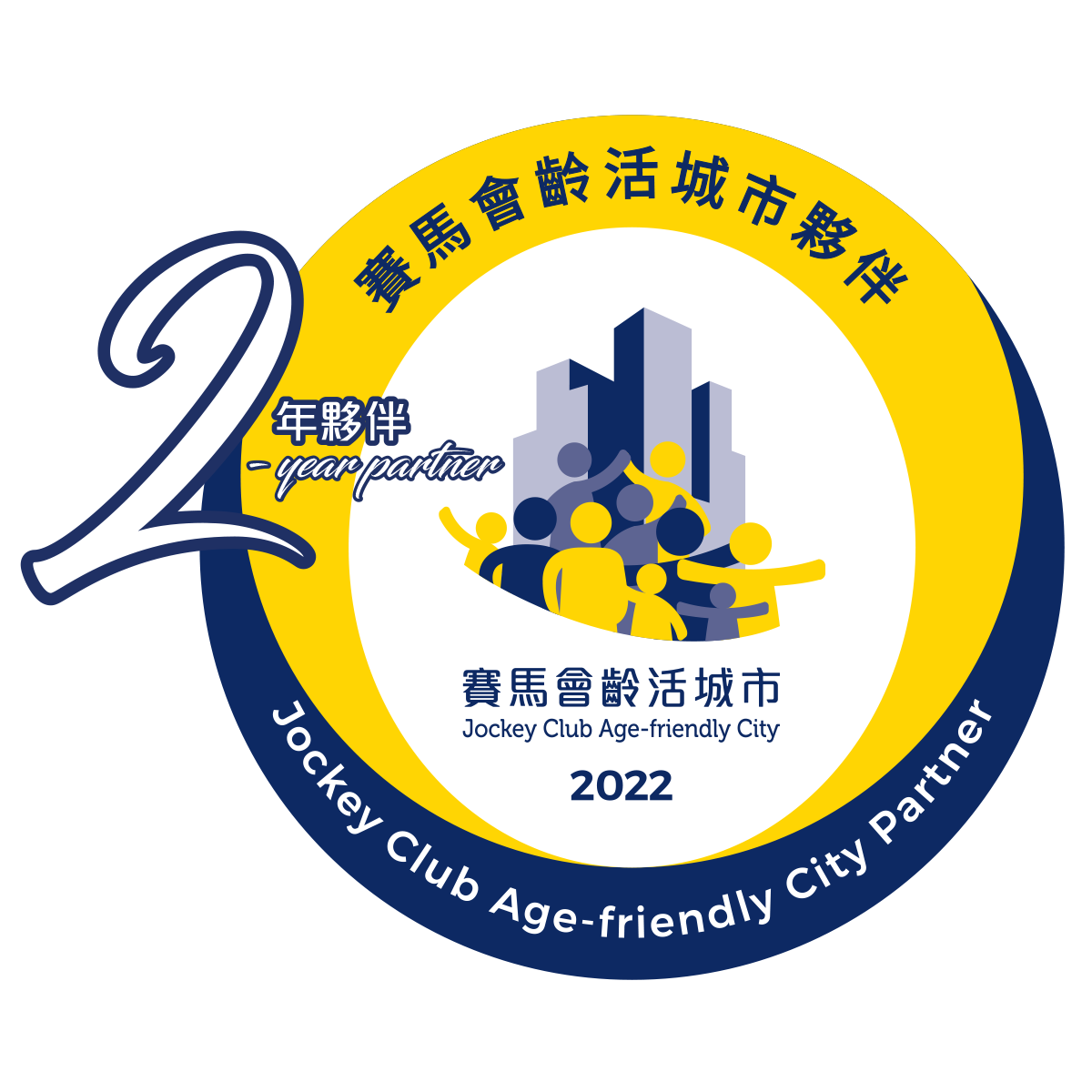Heritage Preservation
Heritage Preservation is to conserve and regenerate the unique heritage through preservation and revitalization of historic buildings. Heritage Preservation is a process of renovation, refurbishment, alteration and modernization of a building with an aim to preserve and reuse the portions which are significant to its historical, architectural and cultural values.
Rehabilitation of Lung Fu Shan Environmental Education Centre
The West Point Bungalow Government Quarters was rehabilitated into the Lung Fu Shan Environmental Education Centre.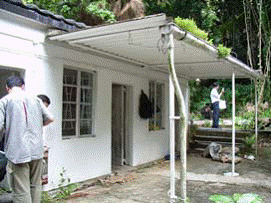
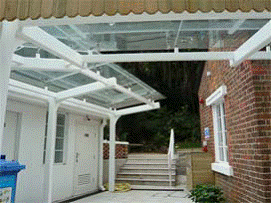
Restoration of King Law Ka Shuk at Tai Po Tau Tsuen, Tai Po
The temple was built in the Qing Dynasty. During a previous restoration in 1932, the building was substantially altered and a modern concrete structure was unsympathetically added. The restoration was to reverse the temple to its Qing Dynasty state.
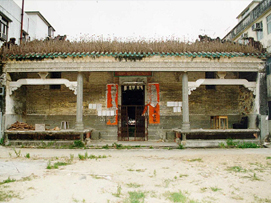
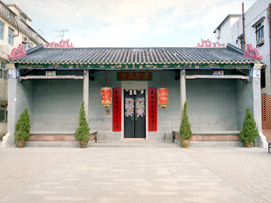
Heritage Impact Assessment (HIA)
Starting from January 2008, Government projects which affect declared monuments, historical or heritage sites and buildings are required to conduct a Heritage Impact Assessment (HIA). This assessment can ensure:
Conservation value of affected buildings will not be overlooked
Minimization of unavoidable impact by including suitable mitigation measures
Involvement/Consultation of the public in the early stage of the project
Revitalizing Historic Buildings through Partnership Scheme (RHBTP Scheme)
In February 2008, the Government launched the Revitalizing Historic Buildings through Partnership Scheme (RHBTP Scheme) which serves to:
Promote adaptive re-use of government-owned historic buildings
Provide the opportunity for direct public participation in heritage conservation whereby non-governmental organizations (NGOs) can submit their proposals for adaptive re-use of government-owned historic buildings.
Encourage creative solutions to preserve our historic buildings by expanding their usage.
Please click here to access more information on heritage conservation.
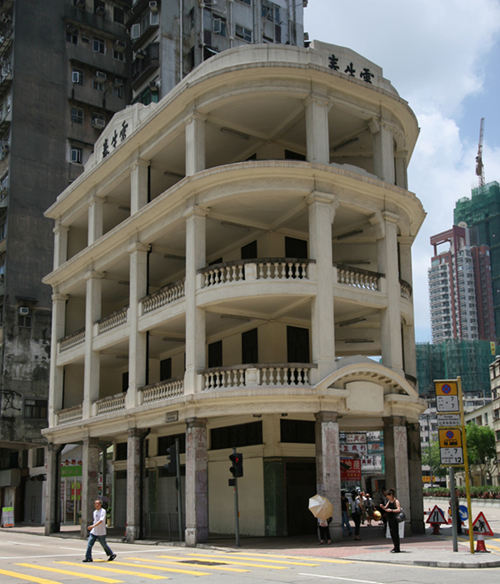














_EN_85x50.png)























